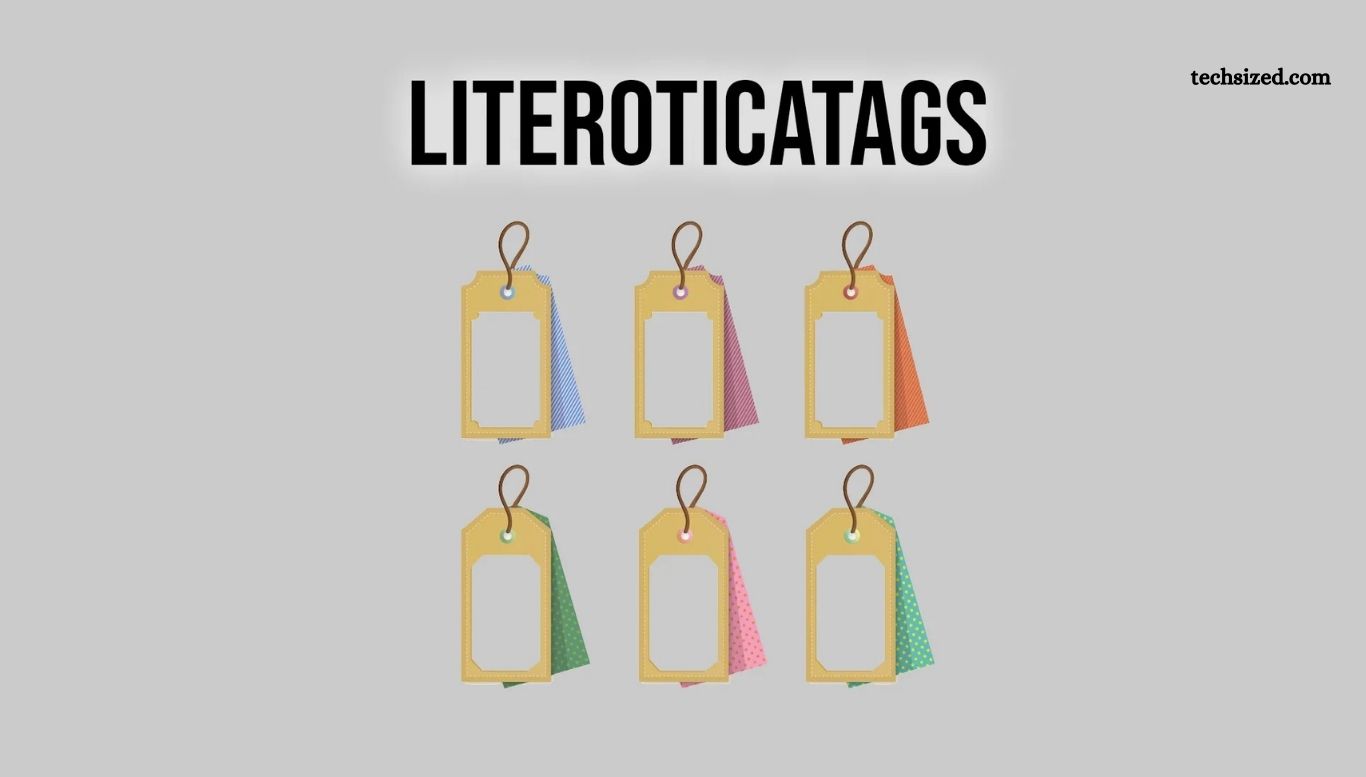Technology and education increasingly overlap, making “robots dot to dot” a compelling fusion of art, engineering, and cognitive growth. Nattapong stands out as an innovative initiative that transforms learning into play. This blog explores its applications, benefits, and potential to revolutionize how children and enthusiasts engage with robotics and creativity.
What is Robots Dot to Dot Nattapong?
Robots dot-to-dot Nattapong is an interactive activity in which participants connect dots to reveal robotic-themed images. Blending drawing, puzzle-solving, and robotics, this method enhances cognitive skills while making learning fun. It can be implemented through worksheets, digital apps, or physical setups where robots contribute to image creation, increasing engagement.
The Vision Behind Nattapong
Nattapong aims to spark creativity and critical thinking by merging technology with playful learning. It provides children with an avenue to explore robotics while fostering individuality and artistic expression. By transforming abstract robotic concepts into hands-on experiences, Nattapong bridges the gap between theory and practical understanding.
Read More: Rena Monrovia: How to Properly Transport Items by Car
Why Dot to Dot Activities?
Cognitive Development Through Robots Dot to Dot
Dot-to-dot activities enhance focus, fine motor skills, and problem-solving abilities. By following sequences, participants strengthen numerical and literacy skills while improving hand-eye coordination, spatial awareness, and concentration—essential for fields like robotics.
Where Art Meets Technology
Robots dot-to-dot Nattapong blends creativity with innovation. Traditional dot-to-dot tasks nurture artistic skills while integrating robotics adds excitement. This interactive approach sparks curiosity about technology, making STEM education more engaging and accessible.
How to Explore Robots Dot to Dot Nattapong
For Educators
- Classroom Integration: Use robotics-themed dot-to-dot worksheets to teach geometry, sequencing, and technology.
- Maker Spaces: Let students program tiny robots to complete dot-to-dot images, blending coding with creativity.
- Collaborative Projects: Encourage teamwork by having students design and refine their robotics-inspired dot-to-dot challenges.
For Parents
- At-Home Activities: Download robot-themed worksheets for fun family game nights that enhance cognitive skills.
- Digital Platforms: Explore interactive apps that combine robotics and dot-to-dot, boosting digital literacy.
- Incorporating Art: Have children paint or color their completed images to reinforce artistic expression.
For Enthusiasts
Advanced creators can design custom dot-to-dot challenges using laser cutters, 3D printers, or coding platforms, automating the process for a unique robotics-art experience.
The Future of Robots Dot to Dot Nattapong
As technology advances, educational robotics will continue to evolve. Modernizing classic activities like dot-to-dot paves the way for innovation. Future developments may include augmented reality (AR) experiences, which allow users to visualize completed images virtually, enhancing engagement and interaction.
Frequently Asked Questions
What is Robots Dot to Dot Nattapong?
It’s an interactive learning approach that combines dot-to-dot activities with robotics, fostering creativity, problem-solving, and STEM education.
How does it benefit cognitive development?
It enhances focus, fine motor skills, hand-eye coordination, spatial awareness, and problem-solving abilities, essential for both art and robotics.
How can educators use it in classrooms?
Teachers can integrate robotics-themed dot-to-dot worksheets, coding exercises, and maker space activities to make learning interactive.
Are there digital platforms for Robots Dot to Dot Nattapong?
Yes, various apps offer interactive dot-to-dot experiences with robotics themes, helping children develop digital literacy.
Can parents use it for at-home learning?
Absolutely! Parents can download worksheets, explore apps, and organize fun activities that strengthen cognitive and artistic skills.
What’s the future of Robots Dot to Dot Nattapong?
Innovations like augmented reality (AR) could enhance engagement by allowing users to visualize completed images in a virtual space.
Conclusion
Robots Dot to Dot Nattapong bridges the gap between creativity and technology, offering an engaging way to develop cognitive skills, artistic expression, and STEM knowledge. Whether in classrooms, at home, or among robotics enthusiasts, this innovative approach fosters learning through play. As technology advances, future enhancements like augmented reality will further elevate the experience, making education more interactive and immersive.







